
Intuitive Machines’ second moon mission is still on track to launch before the end of this year, after the company only had to make minor adjustments to the lunar lander design, executives said during an earnings call Thursday.
That same lander class, which the company calls Nova-C, will be returning to the moon later this year in that second mission.
The Intuitive Machines team identified just “a handful of adjustments” that will be implemented on the second lander, CEO Steve Altemus said during the earnings call.
Intuitive Machines ended the fourth quarter of 2023 with $30.6 million in revenue and a cash balance of just $4.5 million.
Beyond the second moon mission, 2024 will likely be a pivotal year for the company, which is awaiting the decision on NASA awards that could be extremely lucrative.
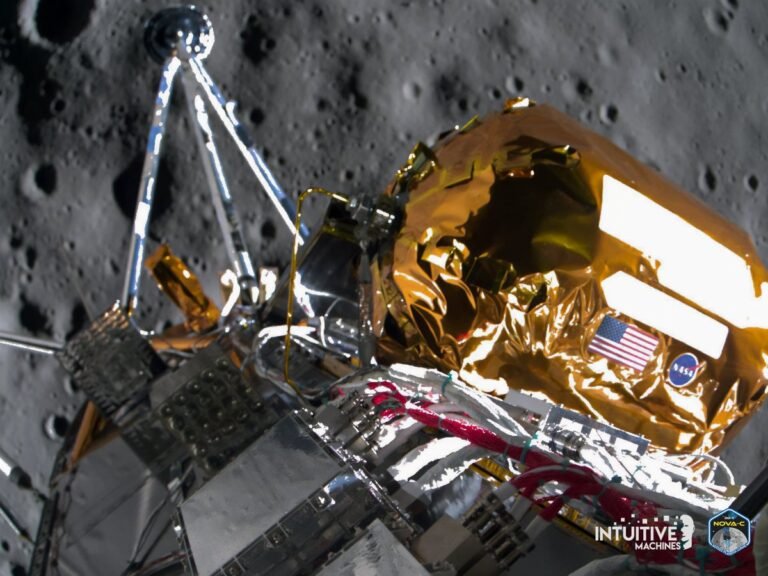
Intuitive Machines’ first lunar lander officially lost power today after spending seven days on the moon.
That propulsion system, which uses a combination of cryogenic liquid oxygen and liquid methane, could unlock new capabilities in space and de-risk future missions by other commercial providers.
Before Intuitive Machines’ IM-1 mission, no lander had ever used this combination of propellants.
After the successful launch, Intuitive Machines’ also ran into a brief issue chilling the liquid oxygen feed line, which took longer than anticipated.
Two VR900 engines will also be used on Intuitive Machines’ much larger “Nova-D” spacecraft, to deliver 500-750 kilograms of payload to the moon.
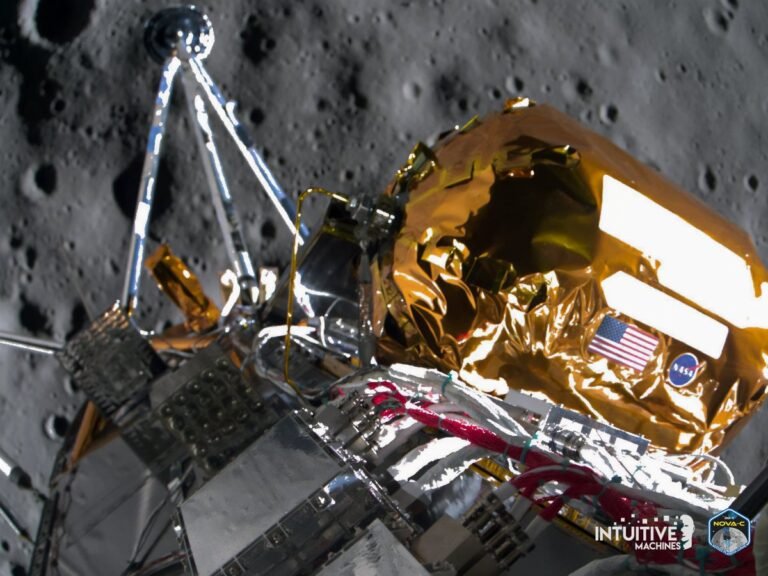
Intuitive Machines’ first moon mission will come to a premature end due to the spacecraft landing on its side, which altered how the solar panels are positioned in relation to the sun, the company said in an update Tuesday morning.
Intuitive Machines made history when it landed its spacecraft, called Odysseus, near the lunar south pole last week.
The lander is the first American hardware to touch the lunar surface since NASA’s final crewed Apollo mission in 1972.
It’s also the first privately built and operated spacecraft to land on the moon — ever – and the closest a lander has ever come to the lunar south pole.
Intuitive Machines and NASA leadership will host a second televised news conference tomorrow to discuss updates to the mission.
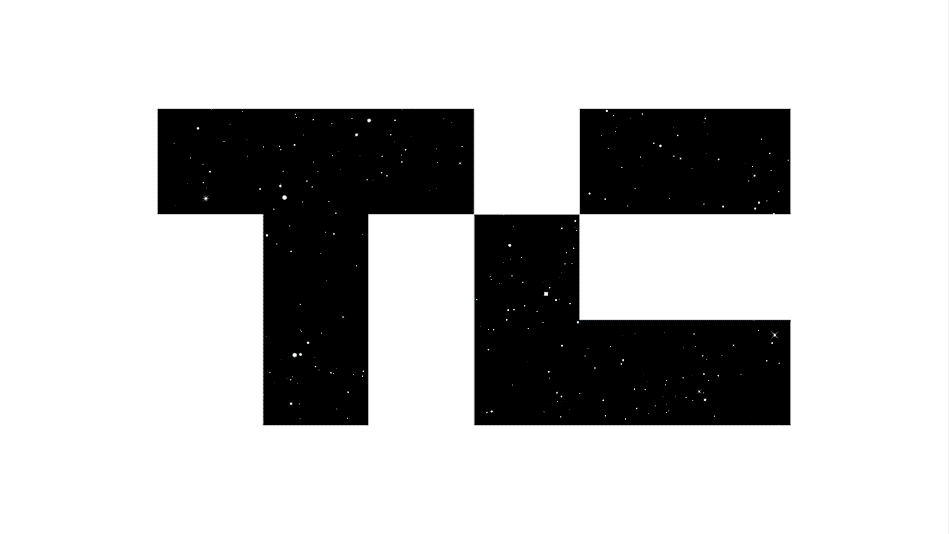
My stomach is still in knots from the Intuitive Machines landing livestream.
I think it’s fair to say that the words of Tim Crain, Intuitive Machines’ CTO, will go down in history: “We’re not dead yet.”Very metal.
Intuitive Machines’ first lander, called Odysseus, softly touched down on the south pole region of the moon around 5:23 p.m. Central Time on Thursday, bringing to a close an eight-day journey and years of hard work.
There was a brief period after landing when mission controllers waited to reestablish communications with the spacecraft.
The mission is also a huge success for NASA, which paid Intuitive Machines around $118 million to deliver six scientific and research payloads, under a program called Commercial Lunar Payload Services.
My stomach is still in knots from the Intuitive Machines landing livestream.
I think it’s fair to say that the words of Tim Crain, Intuitive Machines’ CTO, will go down in history: “We’re not dead yet.”Very metal.
Intuitive Machines’ first lander, called Odysseus, softly touched down on the south pole region of the moon around 5:23 p.m. Central Time on Thursday, bringing to a close an eight-day journey and years of hard work.
There was a brief period after landing when mission controllers waited to reestablish communications with the spacecraft.
The mission is also a huge success for NASA, which paid Intuitive Machines around $118 million to deliver six scientific and research payloads, under a program called Commercial Lunar Payload Services.
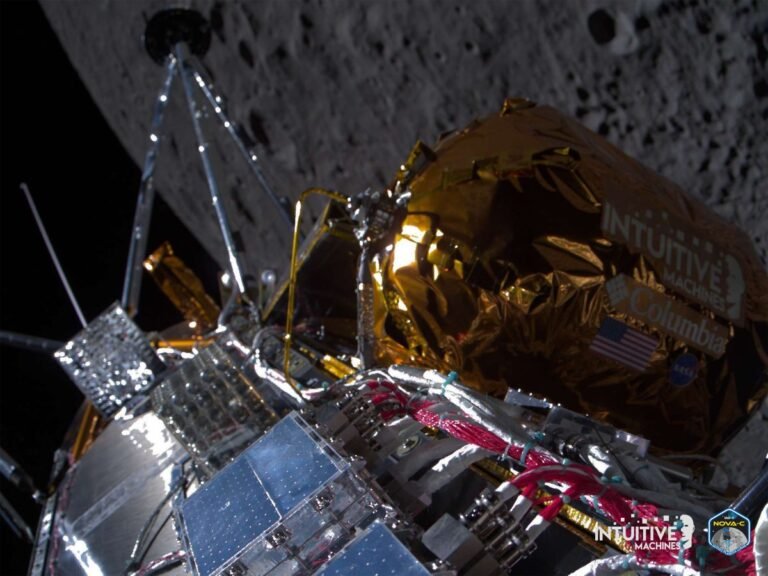
Using a small model of the lander, Altemus demonstrated how engineers believe the spacecraft, called Odysseus, made its descent given the most recent telemetry data.
“The vehicle is stable near or at our intended landing site,” Altemus said.
Part of the reason for that is because the onboard camera, an instrument called EagleCam, was powered down during landing.
The company originally thought Odysseus was actually upright, but Altemus said that was based on “stale” telemetry data.
Much of the mission’s success came down to very quick thinking by Intuitive Machines’ mission controllers — and just a stroke of very good luck.
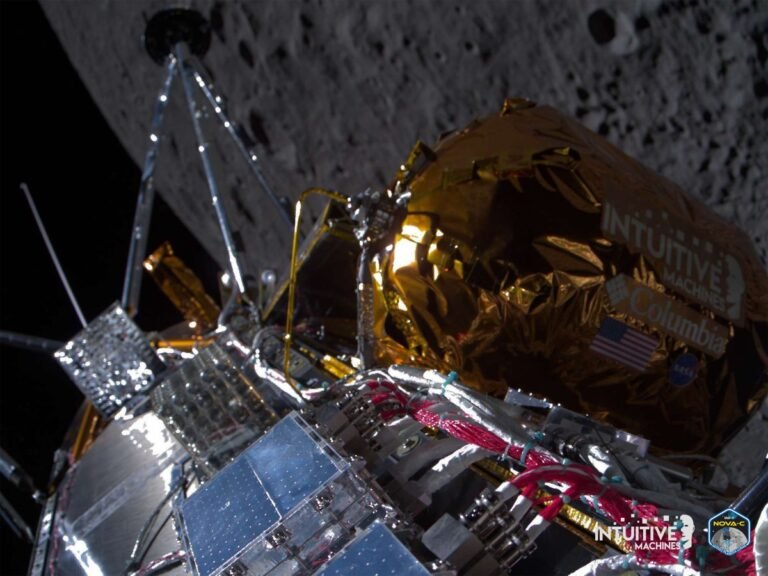
Intuitive Machines has landed a spacecraft on the lunar surface, in a historic first for a private company.
“What we can confirm without a doubt is that our equipment is on the surface of the moon and we are transmitting,” mission director and Intuitive Machines CTO Tim Crain said.
Instead, the lander leveraged one of the onboard payloads, NASA’s laser and doppler lidar sensors, to guide the spacecraft to the lunar surface.
All in all, Intuitive Machines’ contract is worth a little less than $118 million.
Intuitive Machines’ victory comes shortly after another CLPS awardee, Astrobotic, failed to put its lander on the moon.
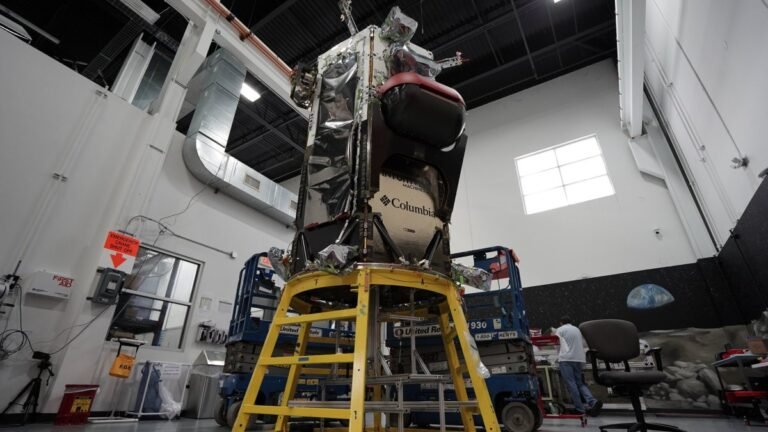
Intuitive Machines is pushing back the mission of its first lunar lander to mid-February in coordination with launch provider SpaceX, the company said earlier this week.
The lunar lander must launch from a specific launch site at NASA’s Kennedy Space Center, Launch Complex 39A, because it needs to be fueled with oxygen and methane propellants prior to launch.
While Intuitive Machines did not specify an exact launch window, it’s looking increasingly likely that it could coincide with the planned landing of another privately developed lunar lander.
Overall, the new launch window is a negligible delay for Intuitive Machines, which is aiming to make lunar access a cornerstone of its business.
Intuitive Machines is also setting up business segments related to orbital services, like satellite servicing and refueling, providing data services for the moon, and the sale of other space products.










